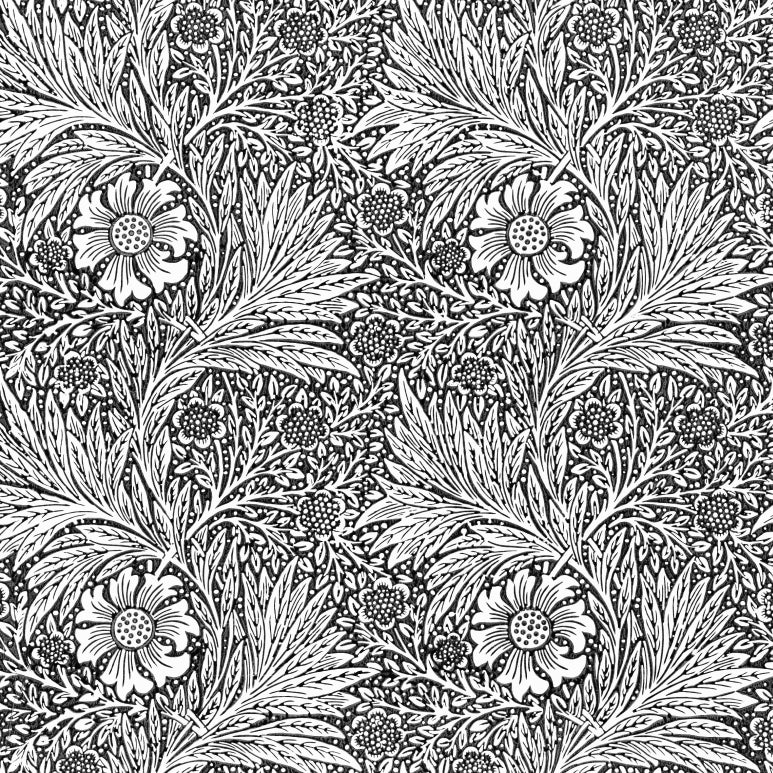Demystifying Diamond Certification
Demystifying Diamond Certification: How Lab-Grown Diamonds Are Graded & Guaranteed
Choosing a diamond, whether mined or lab-grown, is a significant decision. Understanding its quality and authenticity is paramount. Just like their natural counterparts, lab-grown diamonds undergo rigorous, independent certification and grading to provide you with confidence, transparency, and peace of mind. Here's how it works:
Why Certification Matters: Your Assurance of Quality & Value
A diamond grading report from a reputable independent laboratory is your diamond's official "birth certificate" and quality passport. It:
-
Verifies Authenticity: Confirms the stone is a genuine diamond (not a simulant like cubic zirconia or moissanite) and specifically identifies it as laboratory-grown.
-
Objectively Assesses Quality: Provides an unbiased evaluation of the diamond's characteristics based on the universally recognized 4Cs (Cut, Color, Clarity, Carat Weight).
-
Documents Unique Features: Records identifying characteristics like inclusions, fluorescence, and measurements.
-
Enables Fair Comparison: Allows you to accurately compare diamonds based on standardized criteria.
-
Protects Your Investment: Provides documentation for insurance purposes and resale value.
The Guardians of Quality: Reputable Gemological Laboratories
Leading independent laboratories employ highly trained gemologists and use sophisticated equipment to evaluate diamonds. The most prominent labs certifying lab-grown diamonds include:
-
IGI (International Gemological Institute): Widely recognized as a leader in lab-grown diamond certification, offering detailed reports specifically designed for them.
-
GIA (Gemological Institute of America): The world's foremost authority on natural diamonds, offering comprehensive "LG" (Laboratory-Grown) Diamond Reports with the same rigorous standards applied.
-
GCAL (Gem Certification & Assurance Lab): Known for its 8X cut grade and Platinum Certificate guarantee for natural diamonds, also certifies lab-growns.
-
HRD Antwerp: A major European lab providing certification for both natural and lab-grown diamonds.
The Grading Process: Applying the 4Cs Identically
Crucially, lab-grown diamonds are graded using the exact same strict criteria, scales, and methodologies as natural diamonds. There is no separate or "easier" grading system.
-
Carat Weight: Measured with extreme precision using micro-balances, reported to the hundredth of a carat (e.g., 1.52 ct). This is purely a measure of weight, not size.
-
Cut Quality: This is arguably the most important "C" as it determines the diamond's brilliance, fire, and scintillation (sparkle). Gemologists assess the diamond's proportions, symmetry, and polish. Grades range from Excellent/Ideal, Very Good, Good, Fair, to Poor. An Excellent/Ideal cut maximizes light performance.
-
Color Grade: Evaluates the absence of color in white diamonds. The diamond is compared to master stones under controlled lighting. The scale runs from D (completely colorless) to Z (light yellow or brown tint). Lab-grown diamonds often achieve high color grades (D-F) due to the controlled growth environment.
-
Clarity Grade: Assesses the presence of internal characteristics (inclusions) and surface features (blemishes) under 10x magnification. The scale ranges from Flawless (FL/IF - no inclusions visible at 10x) to Included (I1-I3 - inclusions visible to the naked eye). Lab-grown diamonds can achieve high clarity grades, though inclusions specific to their growth method (like metallic flux remnants in HPHT or graphite inclusions in CVD) may be present.
What's Inside a Lab-Grown Diamond Grading Report?
A typical report includes:
-
Clear Identification: "Laboratory-Grown Diamond" prominently displayed.
-
Unique Report Number: For verification and record-keeping.
-
Shape & Cutting Style: (e.g., Round Brilliant, Oval, Princess).
-
Detailed 4Cs Assessment: The grades for Cut, Color, Clarity, and Carat Weight.
-
Measurements: Dimensions (diameter, depth, etc.).
-
Proportions Diagram: Illustrates the diamond's angles and percentages.
-
Clarity Characteristics Plot: A map showing the location and type of inclusions/blemishes.
-
Fluorescence: Intensity and color (if present).
-
Comments: Any additional observations.
-
Security Features: Holograms, watermarks, etc., to prevent forgery.
Choosing with Confidence: Your Next Steps
-
Demand Certification: Never buy a significant lab-grown diamond without an independent grading report from IGI, GIA, GCAL, or HRD Antwerp.
-
Examine the Report: Understand the 4Cs, especially prioritizing Cut for maximum sparkle. Review the clarity plot.
-
Verify the Inscription: Ensure the laser inscription matches the report number.
-
Work with Reputable Retailers: Choose jewelers who transparently provide full certification and explain the grading details.
-
See for Yourself: While the report is vital, view the diamond in person (or via high-quality videos/images) to appreciate its beauty.
The Bottom Line: Trust Through Transparency
Lab-grown diamond certification provides the same level of assurance and standardized quality assessment as natural diamond certification. By understanding the process and the importance of a reputable grading report, you can confidently select a stunning, high-quality lab-grown diamond that perfectly reflects your values and style. It’s proof positive of the diamond’s authenticity, origin, and exceptional characteristics.
Ready to explore certified brilliance? Browse Luminacraft collection of meticulously graded lab-grown diamonds – each accompanied by its full, independent grading report. Find your perfect, guaranteed sparkle today!












Leave a comment